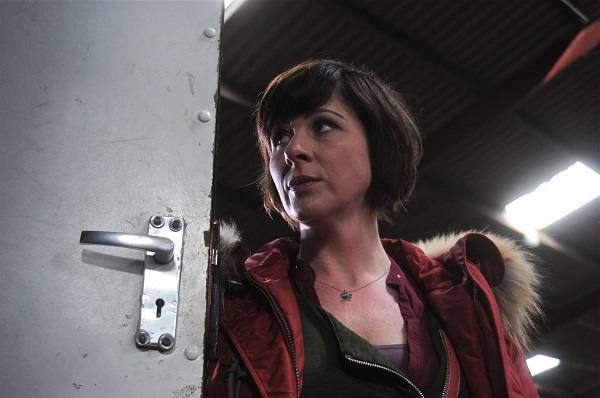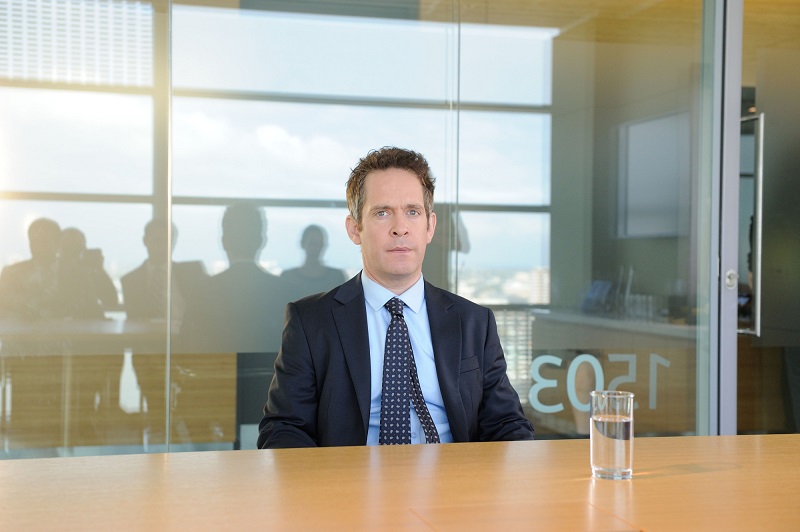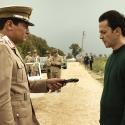We have all learned to genuflect at the altar of Nordic noir in recent years – see The Tunnel, the Anglo-French remake of The Bridge, and the American Killing, not to mention the news that Borgen creator Adam Price and Michael House of Cards Dobbs are to collaborate. But the traffic is not entirely one-way. One series purchased by the Danish broadcaster DR is Hinterland, an intriguing and impeccably sullen crime series from Welsh-language broadcaster S4C. Its drama department is better known for the long-running soap Pobol y Cwm, but this is an altogether harder-hitting snapshot of rural Wales.
Set in and around Aberystwyth, Hinterland (****) is that rarity in British television, a genuinely bilingual production, in that it was shot twice - in Welsh and then English and Welsh. The Welsh version known as Y Gwyll was shown on S4C in the autumn. The English-language edition was first broadcast on BBC One Wales, but it now gets a national airing on BBC Four.

Richard Harrington is compelling as DCI Tom Mathias, freshly transferred from the big smoke to get away - yes - from his bungled marriage. He teams up with DI Mared Rhys (Mali Harries, pictured above), whose hints of mumsiness lurk below several layers of hard-bitten permafrost. This isn't West Wales as seen in the brochure. The place is drenched not only in rain but also blood, while the landscapes are grimly wintry, as are the faces of everyone involved in this deliciously dark show. The Welsh tourist board can take comfort that Nordic noir has done wonders for visitor numbers in Denmark.
 Rev (*****) has had a conversion on the road to Damascus. It started out as a comedy about the parlous state of the Church of England, but in the daring third series has turned into something else entirely: a moving portrayal of an individual - and by extension a national - crisis of faith. You sense that this is because Tom Hollander (leading a cast of immense dramatic heft) had long since navigated all the comic corners of put-upon inner-city vicar Adam Smallbone (pictured above left in civvies). So this time round the scripts written with fellow series creator James Wood have tackled idolatry, adultery, paedophilia and, for light relief, the spread of Islam.
Rev (*****) has had a conversion on the road to Damascus. It started out as a comedy about the parlous state of the Church of England, but in the daring third series has turned into something else entirely: a moving portrayal of an individual - and by extension a national - crisis of faith. You sense that this is because Tom Hollander (leading a cast of immense dramatic heft) had long since navigated all the comic corners of put-upon inner-city vicar Adam Smallbone (pictured above left in civvies). So this time round the scripts written with fellow series creator James Wood have tackled idolatry, adultery, paedophilia and, for light relief, the spread of Islam.
The whole series seems to have been transcribed from the Gospels. Last week on Easter Monday there was an audacious reenactment of Christ carrying the cross on the road to Calvary, at the end of which the Rev. Smallbone met God in the person of Liam Neeson in a garish shellsuit at the top of a hill. In this final episode he had a deeply unamusing nervous breakdown after the closure of the debt-ridden St Saviours. It shouldn't by rights win anything at the Comedy Awards, but this has become profoundly moving drama. Who the hell saw that coming?















Add comment